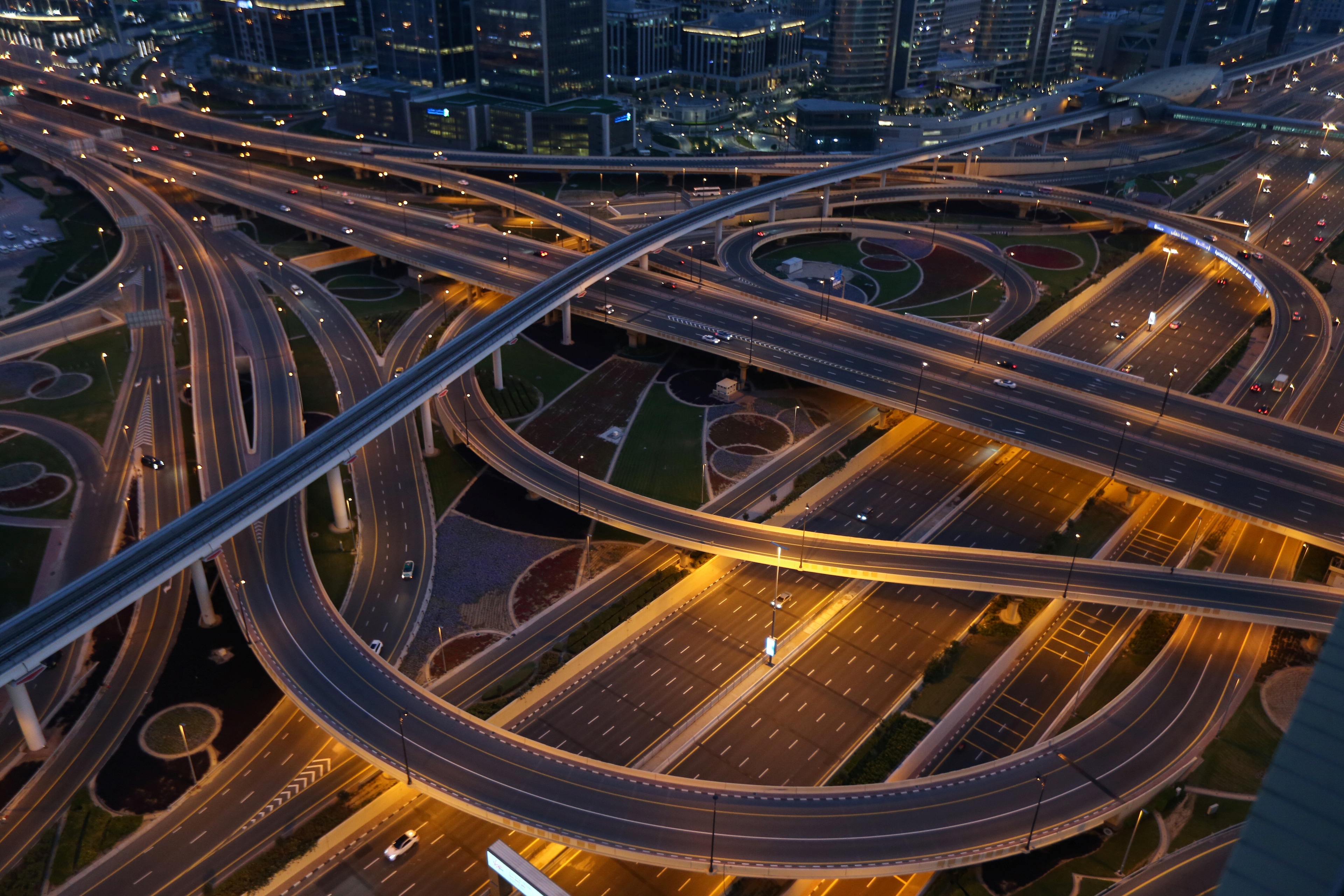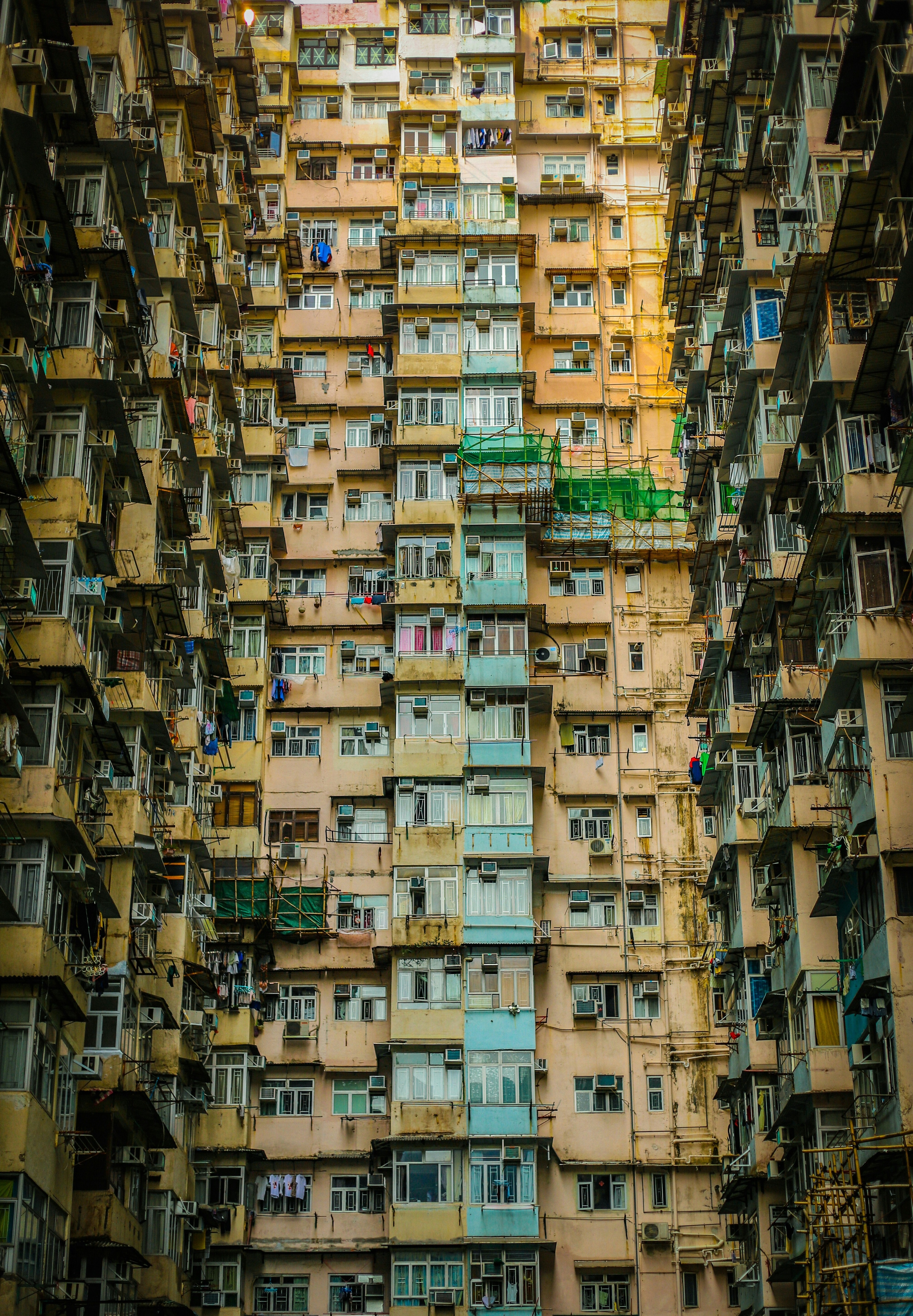Why these are the smartest and most sustainable cities

The IESE Cities in Motion Index compared 183 cities to determine the world’s smartest and most sustainable cities for 2022.
Image: João Barbosa/Unsplash
Joan Enric Ricart Costa
Professor of Strategic Management, IESE Business School, University of NavarraStay up to date:
Cities and Urbanization
Listen to the article
- The IESE Cities in Motion Index compared 183 cities to determine the world’s smartest and most sustainable cities for 2022.
- London heads the list for its strong human capital, international profile, urban planning, and governance.
- Europe is home to the largest number of smart cities, with Paris, Berlin, Amsterdam, Oslo, and Copenhagen all earning a spot in the top ten.
The world's cities, already grappling with ageing populations, multifarious social demands, and digital divides, are groaning under the strains of climate change and pandemic fallout. The economic and social consequences of the tragic war in Ukraine are likely to add additional stressors in the form of unemployment, inflation, segregation, and migration.
In this context, it’s more important than ever to diagnose where cities stand in terms of sustainability and quality of life for inhabitants - and to start building urban resilience to withstand future challenges.
But where to start? It’s a daunting task, but all cities should undertake a process of strategic review. In addition to assessing where they currently stand, cities should also consider their future priorities and what they aspire to be. IESE Cities in Motion Index offers a platform for a comprehensive initial diagnosis of the cities and, through comparative analysis, aims to serve as the first point of reference.

The index compares 183 cities globally, looking at 114 criteria grouped into nine dimensions: human capital, social cohesion, economy, governance, environment, mobility and transportation, urban planning, international profile, and technology.
It's an unusual index in its scope of coverage – the cities are scattered across 92 countries - and its long-term vision of cities that puts people first in their various and complex needs. We look at standard metrics such as GDP per capita, and less traditional items like the number of electric vehicle charging points, how many museums and galleries there are, and how cities rate racial tolerance.
The top ten most sustainable cities
1) London. London’s human capital, international profile, urban planning, and governance lifted it to first place in this year’s ranking. The city's drawbacks flow from the U.K.'s weaker capital in social cohesion and environment.
2) New York’s economy is its biggest strength, but the city also stands out in areas of mobility and transportation, urban planning, human capital, and international profile. Like London, New York is relatively weaker in its social cohesion and environment.
3) Paris ranked well in its international profile, mobility and transportation, and human capital but tiered lower in its environment.
4) Tokyo sports a strong economy, international profile, governance, and technology. The city ranked lower in its urban planning and mobility and transportation.
5) Berlin is a well-balanced city, performing well in many dimensions, notably in its governance, urban planning, and human capital. Its weakest flank was the economy.
6) Washington D.C. is robust in human capital, technology, governance, and urban planning – but can improve in social cohesion and the environment.
7) Singapore’s technology and international profile are standout areas, while environment and mobility are the city state’s weaker capacities.
The last three cities to fill out the list are northern European cities that tend to perform well across a variety of dimensions. Amsterdam (8) fares particularly well in technology, Oslo (9) in the environment, and Copenhagen (10) in social cohesion and environment.

Revealing regional comparisons
The severity of pandemic-fuelled economic swings since 2020 has been critical for cities. In previous editions – this is our eighth – cities advanced and declined for a multitude of reasons. In this edition, the weight of the economy was decisive.
Dublin, one of the few cities to expect economic growth, jumped to 18th overall. Buenos Aires (103), which competes with Santiago (75) for regional dominance in our ranking, fell far behind its regional rival, battered especially by the economy.
Regional comparisons are also revealing. Europe, overall, is home to the largest number of smart cities. While many have been buffeted by the pandemic, the underlying strengths and quality of life in European cities, held them in good stead.
Cities in developing countries are still struggling across most metrics, and the recent economic and health crises have added to those struggles. All African cities included in the index are at the bottom of the overall ranking: while the region wasn’t as adversely affected by the pandemic as initially expected, the health crisis has had serious economic, political, and social consequences. Latin American countries are also near the bottom, a particular cause for concern since it’s one of the regions with the highest urban concentration on the planet.
Asian cities that perform well tend to get a boost from their expanding economies and their promotion of technology. Technology is also where a handful of Middle Eastern cities – Dubai and Abu Dhabi – fare best, although generally, the region has a long way to go in creating smart, sustainable cities.
Economics are also a decisive factor for US cities: six of the top 10 cities in the economic dimension are American; none of the top ten cities in social cohesion or environment is American.

Expanding urban resilience
In the past, urban resilience has focused on readiness for a natural disaster. We must expand our understanding of resilience beyond infrastructure to encompass sustainable ecosystems, innovative activities, equity among citizens, and connected territory.
City managers should be able to lead by example, guided by the principles of justice and collaboration and by a vision of the future that includes all citizens. The concept of smart governance, which includes accurate diagnosis, a clear vision, and a multidimensional approach to managing challenges, is crucial.
And it’s not just the responsibility of the public sector. Developing urban resilience - the ability of cities to overcome adverse circumstances, whatever they are - can only be achieved if all stakeholders are involved.
The public sector, private companies, civic organizations, and academic institutions must work together and take a holistic approach to what makes a city not only viable, but livable, just, and resilient.
For more information:
Don't miss any update on this topic
Create a free account and access your personalized content collection with our latest publications and analyses.
License and Republishing
World Economic Forum articles may be republished in accordance with the Creative Commons Attribution-NonCommercial-NoDerivatives 4.0 International Public License, and in accordance with our Terms of Use.
The views expressed in this article are those of the author alone and not the World Economic Forum.
Forum Stories newsletter
Bringing you weekly curated insights and analysis on the global issues that matter.
More on Urban TransformationSee all
Jeff Merritt and Vivian Brady-Phillips
July 25, 2025
Muhammad Hassan Dajana and James Balzer
July 22, 2025
Olivia Nielsen
July 16, 2025
Luis Antonio Ramirez Garcia
July 14, 2025
Sam Markey, Basmah AlBuhairan, Muhammad Al-Humayed and Anu Devi
July 8, 2025




